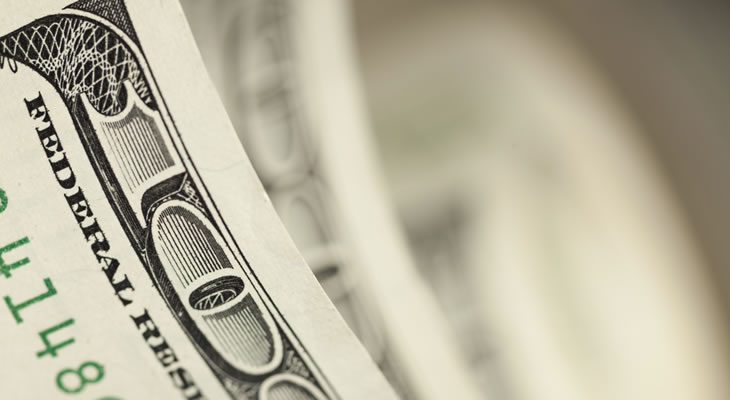After much fanfare Donald Trump’s tax reform proposals failed to encourage investors, allowing the Pound US Dollar exchange rate to regain ground.
Details of where the funding for these sweeping tax cuts would come from were rather lacking on the single A4 sheet of paper, suggesting that a widened deficit is likely.
With the checklist looking unlikely to secure approval from Congress any time soon the mood towards the US Dollar rapidly soured.
As analysts at TDS noted:
‘Overall, yesterday’s announcement is hardly a step forward for the tax reform time line, but mainly an affirmation of the Administration’s policy priorities. If anything, the plan suggests significantly higher deficits over a 10-year horizon, implying a difficult road ahead for passage.’
Although some measure of optimism persists amongst investors there are growing concerns that the Trump administration will not be able to deliver on many of its major campaign pledges.
The Pound continued to shake off election jitters, meanwhile, with markets still encouraged by the Conservatives’ 23 point lead over Labour.
With Theresa May odds-on to return to power with a larger majority the GBP USD exchange rate is benefitting from hopes that this will result in a smoother Brexit process.
Although May’s rhetoric still points towards a hard exit from the EU this has failed to particularly discourage Sterling demand at this juncture.
Further volatility is likely in store for GBP exchange rates ahead of the weekend, however, with the publication of the first quarter UK gross domestic product report.
Forecasts suggest that growth slowed on the quarter from 0.7% to 0.4%, undermining confidence in the resilience of the domestic economy.
Even if economic activity picked up on an annual basis worries over the growth outlook could weigh heavily on Sterling, particularly as the uncertainty over the general election and Brexit negotiations hangs over markets.
However, if quarterly growth betters expectations then the GBP USD exchange rate could find further support.
A number of major US ecostats could offer the ‘Greenback’ a rallying point, on the other hand.
Investors may be encouraged to buy back into the US Dollar if domestic data offers fresh evidence of robustness, given the growing doubts over the prospect of an imminent Federal Reserve interest rate hike.
Expectations for February’s advance goods trade balance and durable goods orders figures are not positive, though, with both measures forecast to show a weakening in domestic demand.
With markets already disappointed by the Trump administration any underwhelming data is likely to exacerbate the softness of the US Dollar.


Comments are closed.